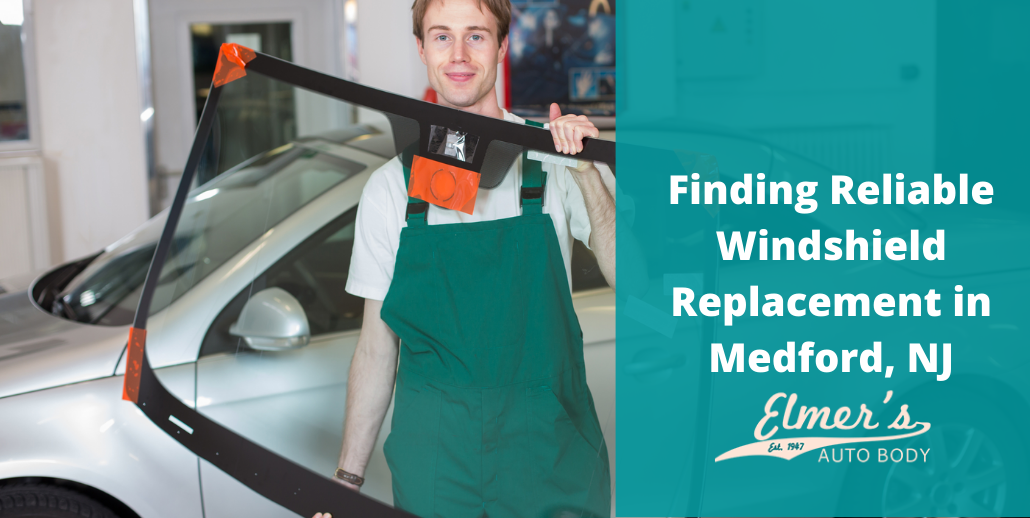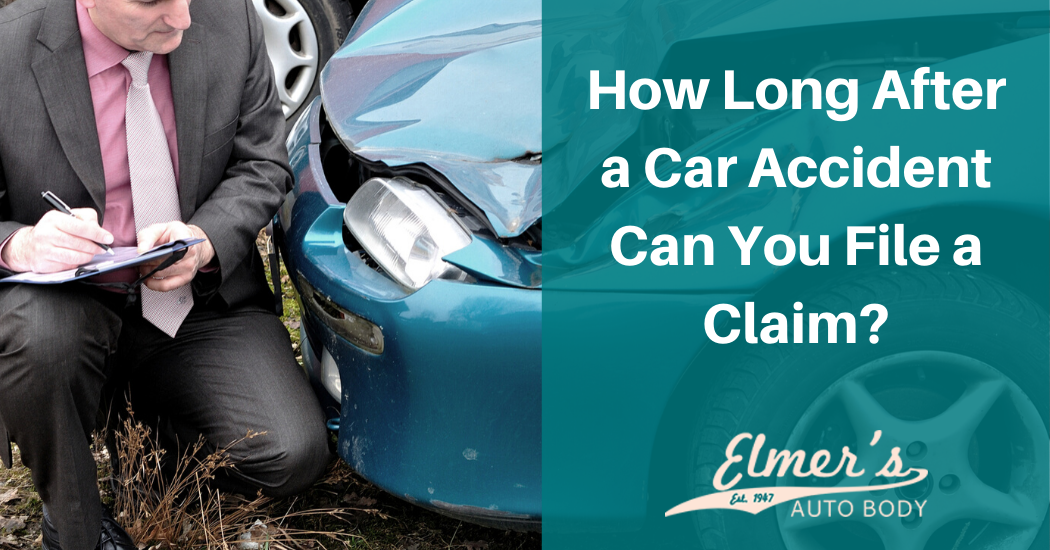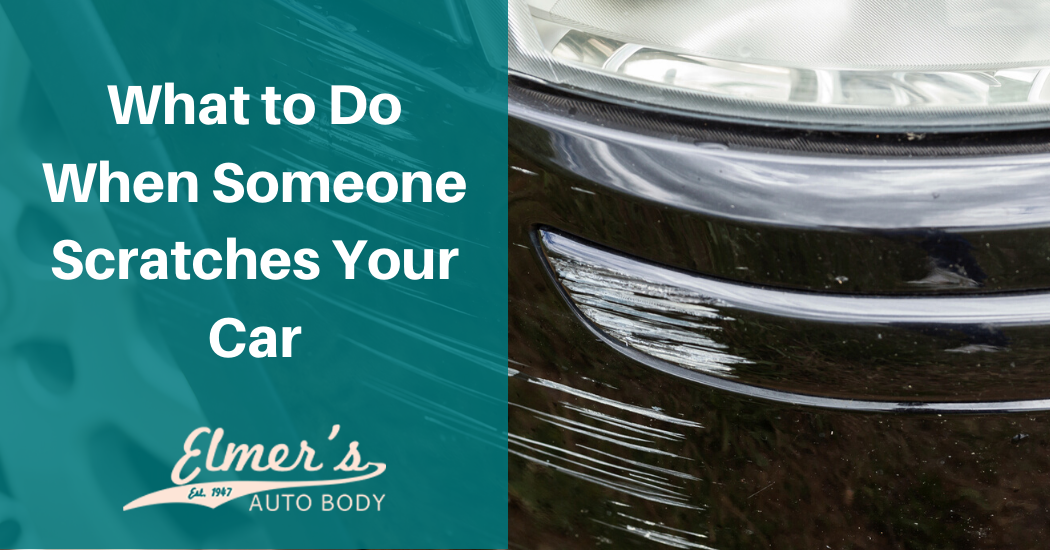A bumper is more than just something that makes your vehicle look good, it’s a vital component for driver and passenger safety. If your bumper is damaged, you should consider having it repaired or replaced before something more serious happens. The good news, not all bumpers need to be replaced because many of them are repairable. Bumpers can become damaged in a number of ways, whether it’s a traffic accident, being rear-ended in a parking lot or you accidentally drive into an object yourself.
When it comes to filing an insurance claim for minor bumper repairs, depending on the extent of the damage, it isn’t always feasible and your rates can also be increased as a result. Therefore, it’s important to know when it makes more sense to repair a bumper or whether you should just replace it.
Below are three examples that explain when bumpers can be repaired and when they should be replaced.
Bumper Hooks are Broken or Damaged
If the bumper hooks are broken or damaged on your vehicle, you will need to replace your bumper. Bumpers are designed with hooks that adhere to the splash guard, grill, and valance panel. If your bumper hooks are broken or damaged, the integrity of your bumper will be compromised and could fall off without warning.
Simply repairing or replacing the broken or damaged hooks will not work because once hooks break, there’s no way to attach them. You will need a new bumper with the hooks already attached to ensure that your bumper stays on your vehicle.
Minor Paint Damage
Depending on the extent of the damage to the paint job, there are some options available for repair. If your bumper is full of deep scratches or is missing large sections of paint, you may want to consider replacing your bumper. Bodywork and repainting your bumper back to its factory condition can cost almost as much as a new bumper; therefore, it’s more feasible to buy a new one.
On the other hand, if your bumper has minor paint damage, you can easily have it repaired for a few hundred bucks by a professional auto body repair specialist. The best way to know which option is the best is to get an estimate for the damages.
Cracked Bumpers
Cracked bumpers are in the same category as paint damage. Depending on the size of the crack and length can determine whether or not you should repair or replace it. Since cracks in bumpers need to be filled with a body filler, sanded, primed, and painted, the size of the crack does matter.
Small cracks can generally be repaired without too many issues; however, large cracks can cause your bumper to lose its structural integrity and should be replaced as opposed to being repaired. For maximum vehicle and passenger safety, bumpers with large cracks should be replaced.
Finding a Trustworthy Auto Body Shop
Depending on where you live, there are several options for finding a trustworthy and professional body shop. Performing an online search with the key phrase “auto body shops near me” will result in the top auto body specialists in your immediate area being displayed on your web browser. You can also ask your friends and relatives if they know of one. Additionally, you may even know where some are located, simply stop in and have them access the damage to your bumper.
Getting a Professional Opinion
Taking your vehicle to a professional auto body and collision repair shop can help you to determine whether you need a new bumper or not. Most auto body repair shops are experienced with handling insurance claims, and they can get your vehicle back on the road in the fastest time, saving you both time and money. For more information about bumper repair or replacement, please fill out the contact form.






